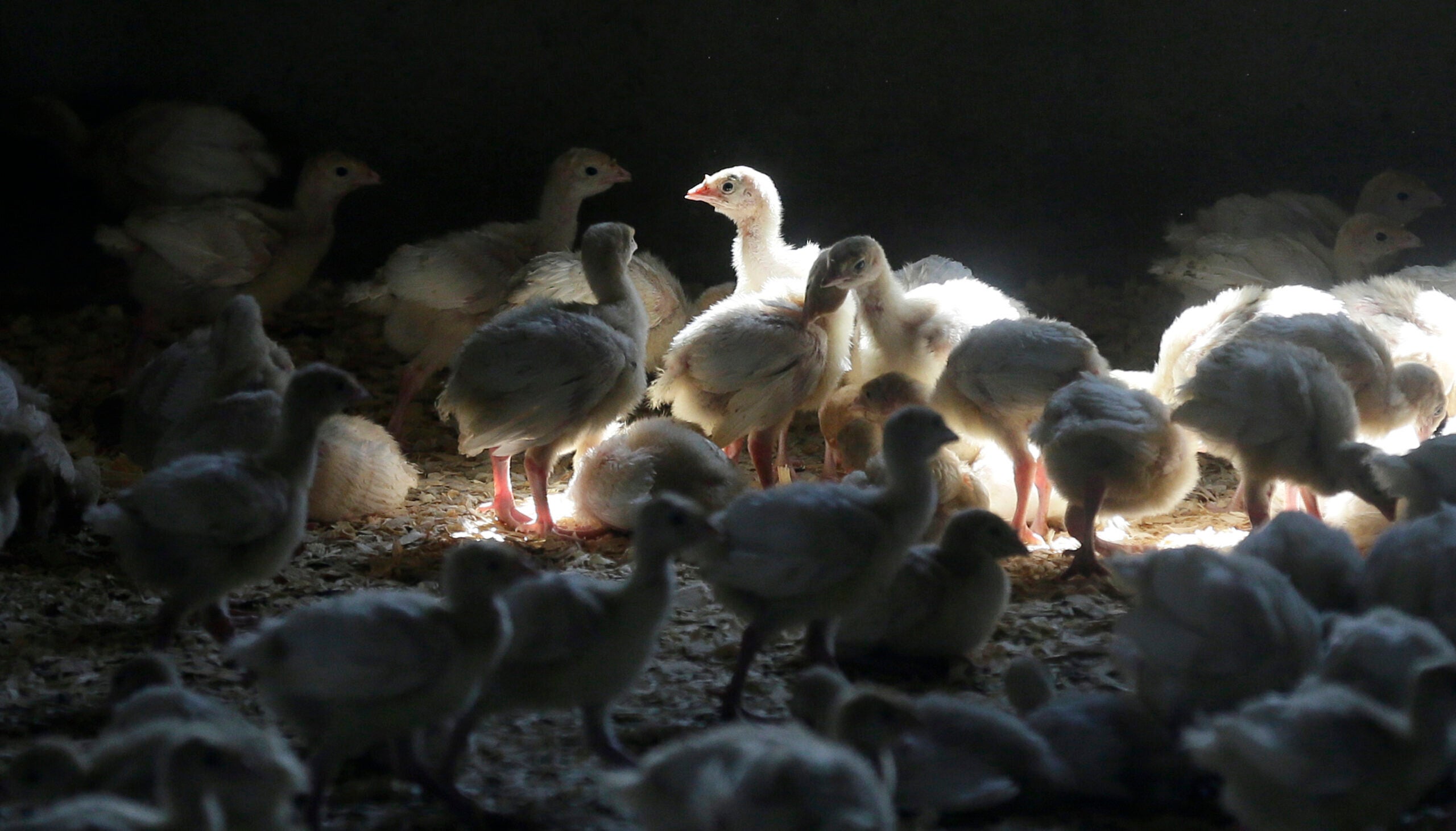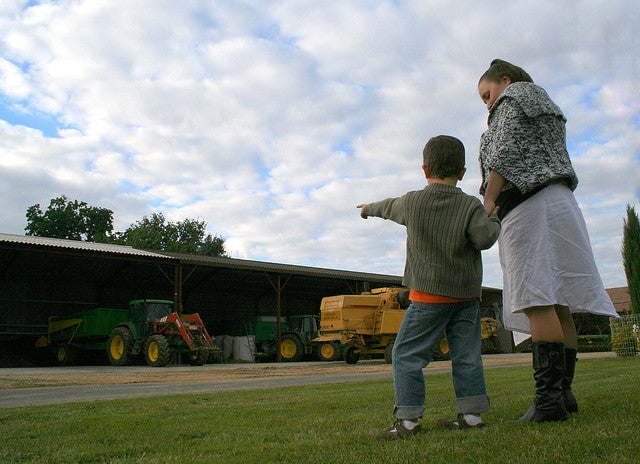There are plenty of symptoms that are common across colds, the flu, COVID-19 and allergies. But there are also ways to tell them apart, said Dr. Dylan Timberlake, an allergist an immunologist at Prevea Health in Chippewa Falls.
Symptoms of allergies, colds and COVID-19 are all primarily symptoms of the nose, Timberlake said. Runny and stuffy noses are common, and some of that mucus can drain into your throat, causing a cough. Additionally, you typically won’t see itchy or watery eyes with the flu or COVID-19 like you do with allergies.
“Really, with allergies, you’re talking nose and eye symptoms, and you shouldn’t see a whole lot outside of those symptoms,” Timberlake said.
News with a little more humanity
WPR’s “Wisconsin Today” newsletter keeps you connected to the state you love without feeling overwhelmed. No paywall. No agenda. No corporate filter.
Timberlake said this allergy season has been particularly bad for weed pollens such as ragweed. Pollen counts typically start to drop off with the first solid frost.
He said most people with allergies have suffered from them in previous years, so if allergies are typical for you this time of year, it’s likely you’re developing them again.
And it’s important to point out that people who didn’t have environmental allergies growing up can develop them in their 20s, 30s and 40s. It’s less common to see people who weren’t previously allergic developing allergies in their 50s and 60s.
But what about colds, flu and COVID-19?
There are symptoms that appear with COVID-19 and colds that aren’t typically associated with seasonal allergies such as fever, nausea and vomiting.
Episodes of diarrhea can be another clue. Colds won’t case diarrhea, according to Mayo Clinic Health System, although it can occur with COVID-19.
But Timberlake said that when you’re trying to figure out what’s ailing you, it’s best to err on the side of caution and assume that it’s a viral infection until proven otherwise.
“I advise people if you have a new runny nose, if you’re newly congested, if you’re having any of those symptoms, it’s probably best — at least at the beginning of those symptoms — to go ahead and get that COVID test to make sure that we’re not dealing with COVID,” he said.
Timberlake said the flu is expected to pick up this year, especially compared to last season year. Wisconsin’s influenza cases are minimal so far this season, according to the Centers for Disease Control and Prevention.
“A lot of the precautions that we took from COVID, we really saw a decrease in all respiratory viruses, including influenza,” he said.
Influenza is tougher to differentiate from COVID-19 because a lot of the symptoms are the same: fever, chills, muscle aches, runny and congested nose and coughing.
Prevea Health’s symptom checker for adults and children identify some subtle differences between influenza and COVID-19, particularly that COVID-19 causes loss of taste or smell and that shortness of breath is rare for those with influenza.
Additionally, the flu will come on suddenly one to four days after exposure, while COVID-19 typically shows up after five days.
Timberlake said although there’s not a lot of flu cases in the community right now, he expects to see health care facilities testing for multiple different viruses.
“There are a lot of organizations that I believe will be switching to doing a COVID and flu test together when patients go in,” he said.
Wisconsin Public Radio, © Copyright 2025, Board of Regents of the University of Wisconsin System and Wisconsin Educational Communications Board.






